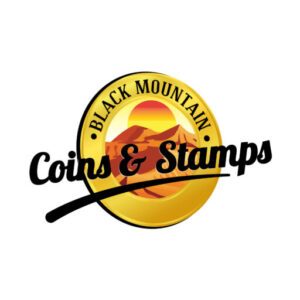Afghanistan Set of 7 Banknotes 20 to 10,000 Afghanis 1979 /1993 Pick 56-58,60-63 Crisp Unc
$14.99The denominations included are: 20, 50, 100, 500, 1,000, 5,000 and 10,000 Afghanis. They are listed in Krause’s Standard Catalog of World Paper Money as Pick 56, 57,58, 60, 61, 62 and 63. They come in a hard inert plastic currency holder.
Algeria FAO Wheat & Oil Rig 5 Dinars 1972 with Owl Privy Mark Unc KM105
$32.99Algeria – FAO – Wheat & Oil Rig – 5 Dinars – 1972 with Owl Privy Mark – Uncirculated – KM105
Bird Banknotes 5 Note Set Lithuania, Indonesia, Qatar, Seychelles, Colombia Crisp Unc
$24.99All five notes are in crisp uncirculated condition and come in an archival quality plastic envelope.AG97
Bosnia And Herzegovina Arabian Horse 1 Suverena Crown BU
$14.99The Arabian horse is considered by many to be one of the most beautiful breeds of horses, with a reputation for intelligence, high spirit and outstanding stamina. The Arabian is one of the most easily recognized breeds in the world with a fine wedge-shaped head, a broad forehead, large dark eyes and a small muzzle with large nostrils.
Bosnia and Herzegovina Black Bear 500 Dinara 1994 BU Crown
$16.99Bosnia & Herzegovina – Black Bear – 500 Dinara – 1994 – Brilliant Uncirculated Crown
Bosnia And Herzegovina Chinese Horse 1 Suverena Coin BU
$14.99The long-standing Chinese horse culture is characterized by its profoundness and extensiveness. With a brilliant and advanced horse culture, China was among the first nations to raise horses. More than 5,000 years ago, Chinese people began using carts pulled by horses. During the Zhou Dynasty (about 1100-221BC), horses were generally divided into six categories: the stud horse, military horse, ceremonial horse, post horse, hunting horse and fatigue horse. A relatively complete horse administration organization had been built up in the Qin and Han dynasties (221BC-AD220). About 300,000 horses were raised in the frontier northwestern regions in the Han Dynasty (206BC-AD220), and at the beginning of the Tang Dynasty (618 – 907) the number increased to 700,000, with the administration having been greatly improved. More than 7,000 fine breeds of horses were introduced from remote western regions to improve the quality of military horses. The thriving of horse breeding not only played an important role in national defense, but also propelled cultural communications between China and other nations in the west.
Bosnia And Herzegovina Wild Horses 500 Dinara Coin 1995 BU
$14.99Wild horses are descendants of Spanish horses brought to the New World in the 1500’s by the Conquistadors. In the 1800’s, the Spanish stock began to mix with European horses — favored by the settlers, trappers and miners — that had escaped or been turned out by their owners. The wild horses were in demand until tractors and other mechanical means replaced them. Then, they were pushed back into the most arid, hostile public lands that are left. Yet they still survive!

 See All U.S Coins
See All U.S Coins